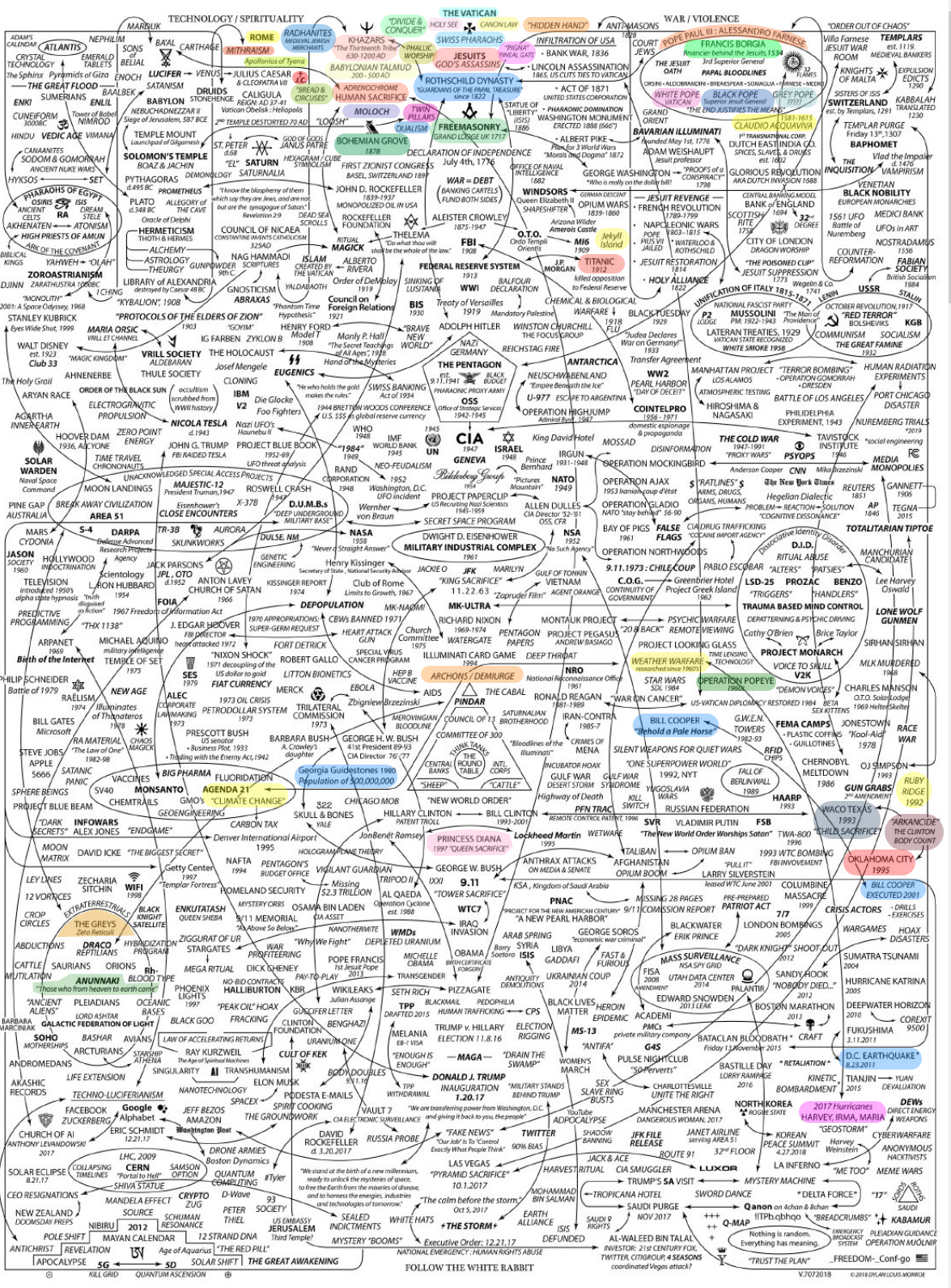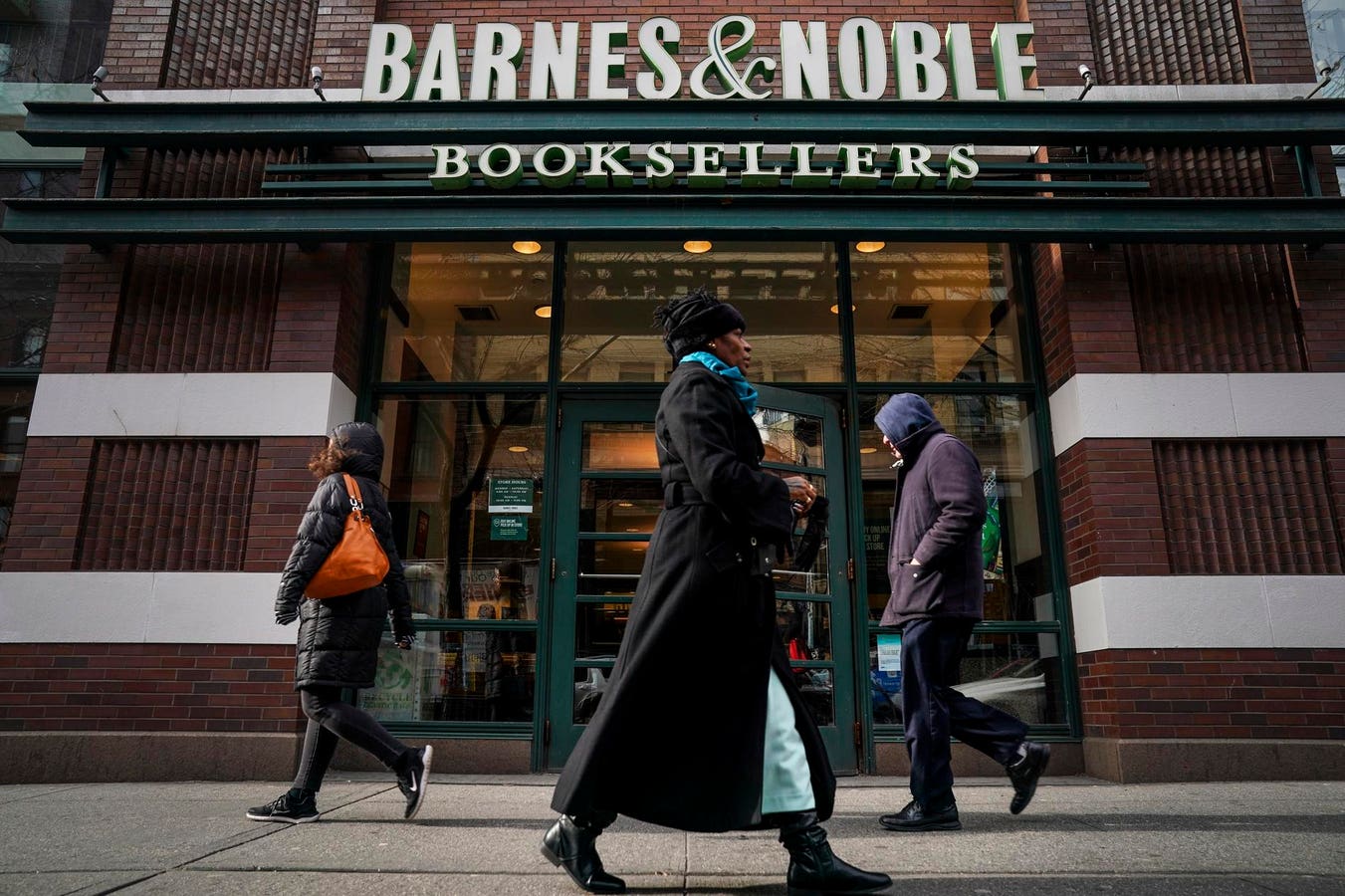

It is most certainly not a small sample size. It’s what allows for a margin of error of ±3.5%* at the 95% confidence level. Here’s a graph of the margin of error vs sample size for 95% confidence interval.

With an 11 point margin, there’s a clear separation of the upper limit bar for Trump and lower limit bar for Obama. For a single poll, assuming the rest of it was well designed and executed, this is an important spread. And the reasons are obvious if you look at the report. She’s able to get 10% more Democratic support and 20% more independent voter support.
Ipsos is a high quality polling company. They don’t make rookie mistakes like sample size. There may be other reasons beyond my reasoning that make this a bad use of polling, but sample size is not it.
* The source incorrectly reported the margin of error for the full survey, both registered and unregistered participants.








Here’s a recent poll where Michele Obama came out more than two margins of errors of ahead of Trump.
Also, here’s a pile of salt.